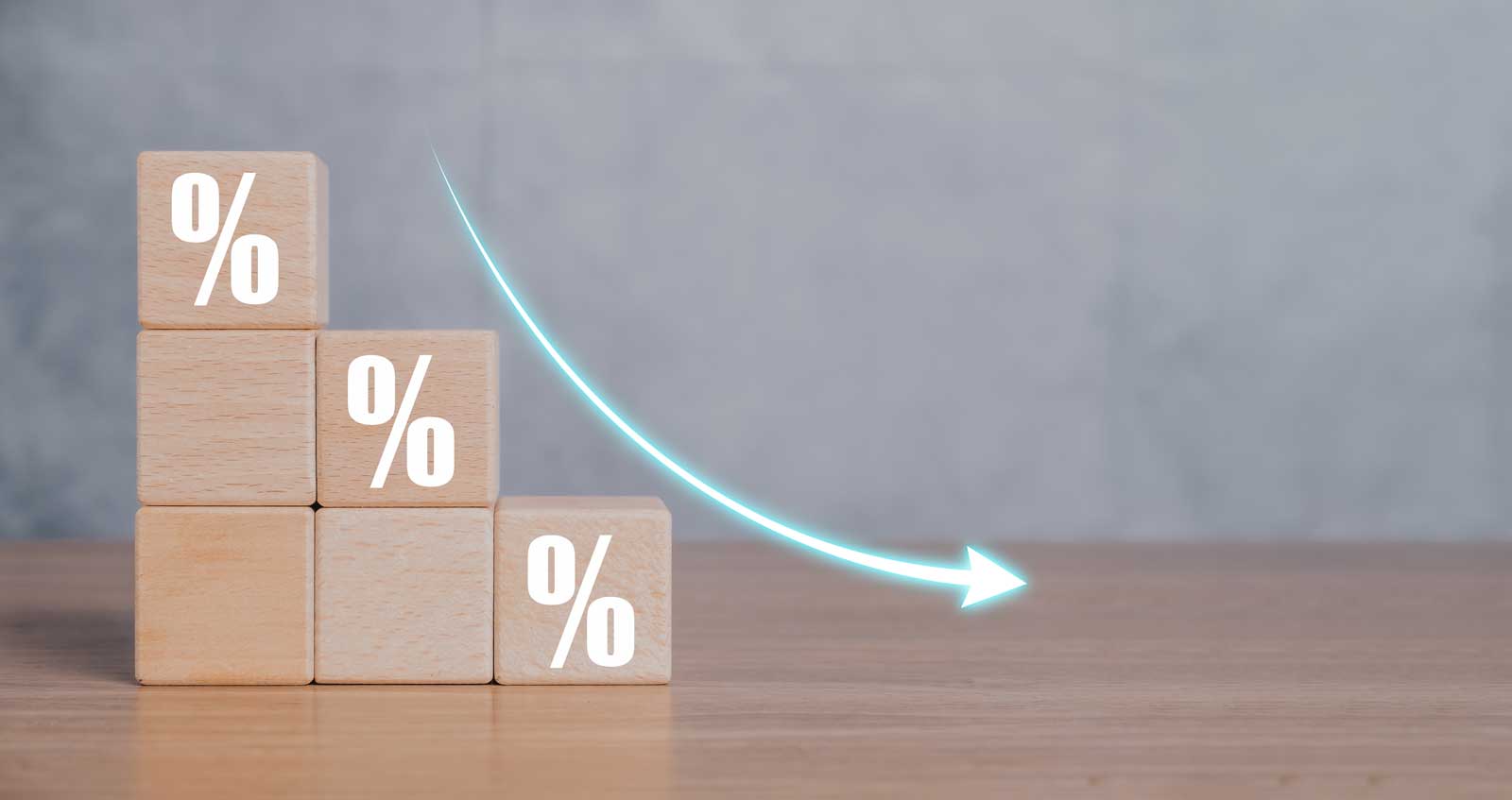The headline of the National Association of College and University Business Officers (NACUBO) press release noting the findings of their most recent annual tuition discounting study was not as meaningful as the subtitle – “average private college and university tuition discount rates reached new highs this academic year”.
The full report is unavailable unless your institution participated in the study, or you choose to purchase it for $750. Quite frankly, I’m not sure why anyone would purchase the full study given that most of all income students at private colleges and universities receive some form of tuition discount. Two charts were provided in the press release.
Figure 1 below provides a trend line for tuition discounting (also known as merit scholarships) over the past decade (NACUBO has been tracking tuition discounting since 1994). The chart shows the average institutional tuition discount rate by student category. The categories are first time undergraduates and all undergraduates. In this chart’s trend line, the discount rate has steadily increased a percentage point or so per year since the 2013-14 fiscal year when it was 46.4 percent for first-time undergraduates and 39.8 percent for all undergraduates. The gap between those two categories has ranged between 4.8 percent and 6.6 percent. It’s my assumption that the first-year number will always be higher since the scholarship offered is a marketing incentive and the average is less because returning students are given the same grant award as their freshman year while tuition increases. Another explanation could be that transfer students do not require the same grant as incoming freshmen.
The second chart provided in the press release is shown below. While Figure 1 represented the average discount, Figure 2 provides information on the percentage of first-time undergraduates who received institutional grants (merit scholarships) and the average student aid rate for first-time undergraduates. The 10-year growth rate for institutional grants has not increased as much as the average grant itself. In 2013-14, 88.0 percent of first-time undergraduates received institutional grants and that percentage has increased to 90.9 percent in 2022-23. I think the increase represents increased admissions competition and not a decline in the percentage of upper income families. The second line, average student aid rate for first-time undergraduates confirms the competitive marketplace with an increase from 53.1 percent average student aid rate for first-time undergraduates in 2013-14 to 62.1 percent in 2022-23.
It’s my belief that until tuition discounts are eliminated or reduced substantially across the board, these numbers will continue to increase until the poorly funded and tuition dependent colleges close or merge. Robert Zemsky, Susan Shaman, and Susan Campbell Baldridge included the net market price (list price of tuition less discount) as a financial factor to consider in their book, The College Stress Test . If that net market price declines along with a decline in enrollment, the outcome is not good.
I almost chortled when I read the press release quote from Ken Redd, senior director of research and policy analysis at NACUBO. “Discounting tuition is a key way independent colleges and universities make education affordable for students – many of whom are paying significantly less than their school’s published prices.” Let’s be honest. It doesn’t take a college degree to recognize that 90.9 percent of first-time undergraduates receiving an average grant of 62.1 percent is more than many – it’s almost all students. If I were a wealthy alum sending my child to one of these colleges, I would rather have my child receive a merit scholarship or discount and I make a donation to the college matching it. At least the contribution would be tax-deductible.
The press release continues to provide additional information. I was surprised that only 56.5 percent of grant aid funding came from undedicated sources of revenue including unbudgeted general funds, unplanned contributions, and foregone revenue. Intuitively, I think most of that is foregone revenue. However, an additional 28.6 percent was funded from institutional reserves and 10.4 percent was funded by endowment earnings and withdrawals.
Not surprisingly, more selective institutions discount tuition less than other schools. At selective/highly selective institutions (defined as those that admit less than 51 percent of applicants), the average institutional discount rate for first-time undergraduates was 46.8 percent, nearly 12 percentage points lower than the average institutional discount rate for institutions overall (58.6 percent). Intuitively, I am willing to wager that the more selective the institution (those with admit rates less than 25 percent, the lower the average institutional discount rate will be. Zemsky and his co-authors found that institutions with the highest net market price (or the lowest tuition discount) declined the least in enrollment over an eight year period from 2008-2016.
I’ve been blogging about tuition discounting for nearly a decade. I’m not a fan. I wrote an article similar to this one when the 2020 Tuition Discounting Study was released. Before that release, I wrote an article about which colleges will thrive, survive, struggle, or perish. I don’t intend to write another article. I stand by what I wrote in 2020.
Josh Moody covered the NACUBO report with an article for Inside Higher Ed. Mr. Moody had access to the full report and provided an interesting chart that describes new initiatives at institutions to increase revenue (see figure 7 below). I found it interesting that 72.3 percent of institutions reported new retention efforts. Excuse my sarcasm, but what was wrong with the old retention effort? The 57.2 percent of institutions that utilized new or expanded recruitment methods (like tv or radio advertising) more than likely increased the probability that the discount rate for freshmen increased as well as increased their spending on marketing.
Another chart that Mr. Moody published was one that detailed the explanations given by colleges whose enrollments declined in 2022-23. These explanations were not surprising. Increased competition and price sensitivity were the top two explanations at 64.6 percent and 55.4 percent. Closure of academic programs and changing demographics at 46.3 percent tied for the third most frequent explanation. Closure of programs may or may not cause continued enrollment declines as colleges compete for every new student.
Mr. Moody noted that come next year, another record discount rate is likely to be set given the ongoing competition for college students. I agree. Sadly, that means more colleges are likely to close or consolidate until some equilibrium is achieved between supply and demand. Don’t count on the equilibrium happening any time soon.















